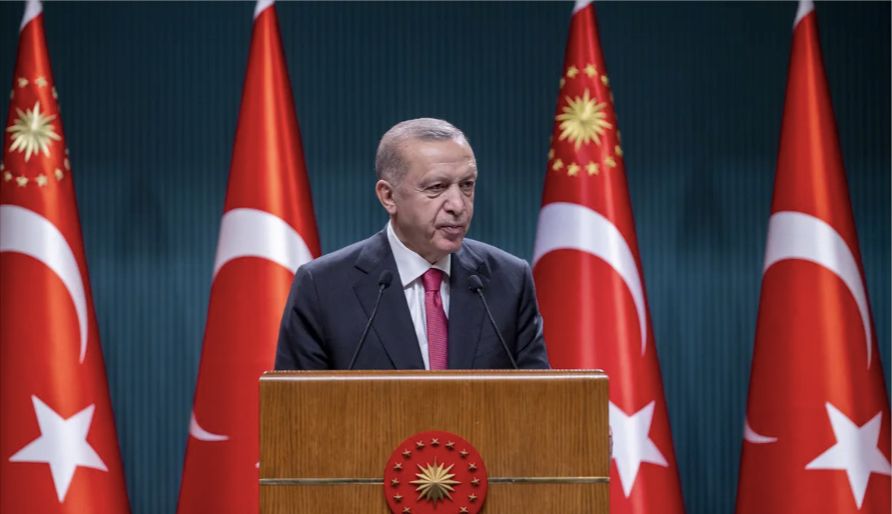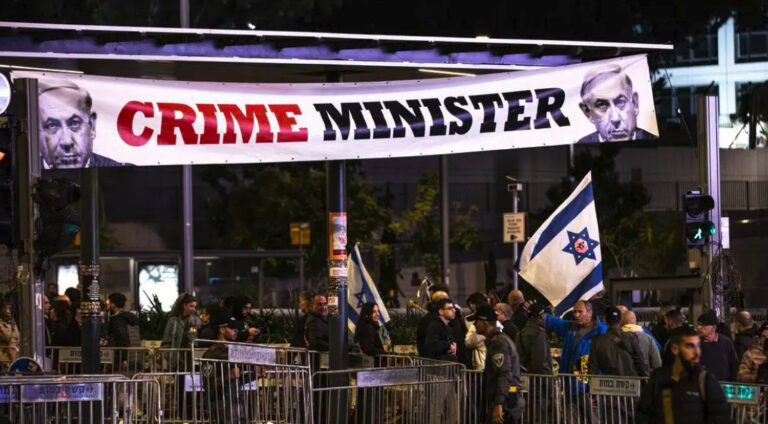
STRATEGIC ASSESSMENT. Turkish President Recep Tayyip Erdogan announced over the weekend that Türkiye’s National Intelligence Organization (MIT) killed Islamic State’s leader, Abu Hussein al-Qurashi, in an operation near Jinderes in northern Aleppo, Syria. Abu Hussein al-Qurashi replaced Abu al-Hassan al-Hashemi al-Qurashi in late November 2022. Turkish security forces sealed off an area where the leader was hiding in the northwest Afrin region of Syria. Türkiye maintains a formidable military presence in northern Syria, controlling large swaths of territory in conjunction with local Syrian proxies. This was the third Islamic State leader killed since February 2022, when Abu Ibrahim al Hashimi al Quraishi (aka “Haji Abdallah”) was killed, nearly two and a half years after he succeeded Abu Bakr al Baghdadi, who was killed by U.S. special forces in October 2019.
The announcement by Erdogan was likely intended to reinforce his image as a strong and capable leader, especially in the lead up to Türkiye’s heavily contested presidential and parliamentary elections on May 14th. Although Türkiye does still mount operations against the group and its leaders, Ankara was long accused of facilitating the movement of ISIS militants, especially foreign fighters, through its territory along the so-called ‘jihadi highway’ in the early years of Islamic State’s takeover of territory in Iraq and Syria. Türkiye also remains a hub for ISIS facilitation networks and financing. These stepped-up operations against ISIS are likely timed for Erdogan’s maximum election benefit. Erdogan has cultivated a strongman image over his time in office; touting high-level counterterrorism operations will help him continue to bolster that image, contrasting his rule with that of his opponent, Kemal Kilicdaroglu, who appears to be catching up to him in the polls.
Islamic State has remained active in the desert area east of Hama, where last month militants attacked and killed more than two dozen civilians, apparently in the area foraging for truffles, a valuable commodity that can fetch $25 per kilo depending on their size and condition. An entrenched economic crisis, coupled with widespread poverty – 90 percent of the Syrian population lives under the poverty line according to UN estimates, continues to motivate hundreds of Syrians to search for truffles in the desert despite the risks. According to the Syrian Observatory for Human Rights, since February more than 200 civilians looking for truffles have been killed by ISIS or by landmines in the area. Yet, according to its claimed attacks in Nashir/Amaq, Islamic State was only able to launch a limited offensive in Iraq and Syria during Ramadan. The group still controls small pockets of territory in the central desert region of the country, but the frequency of its attacks has been waning, and its room for operational maneuvers in Syria itself is limited. In both February and March, the group claimed only fifteen attacks each month. Islamic State militants have also been engaged in numerous skirmishes with forces from the Russian private military contractor Wagner Group, which maintains a presence near Palmyra. Several high-intensity, pitched battles occurred north of al-Kawm between ISIS militants and Wagner mercenaries, with ISIS able to beat back a Wagner offensive in late March. As of late April, the fighting had ended in a stalemate, with ISIS militants retaining control of the mountains overlooking al-Kawm.
The killing of Islamic State’s latest chief comes on the heels of another high-level raid last month, when U.S. Central Command (CENTCOM) announced the killing of Abd-al Hadi Mahmud al-Haji Ali, a senior Islamic State militant. The rapid operational tempo of U.S. strikes against ISIS leadership, with the death of leaders occurring in quick succession, means only their nom de guerre has been known and little information has been established as to who these individuals are and what their history within the organization might look like. The last few ISIS “caliphs” have almost no media footprint, unable or unwilling to risk communicating with the group’s followers due to the fear of being captured or killed. ISIS core in Syria is reeling from repeated targeted assassinations against its upper echelon of leadership. Despite the leadership setbacks, Islamic State and its affiliates were still the deadliest terror group in 2022, according to the Global Terrorism Index (GTI), and recent propaganda distributed by ISIS indicates that it’s increasing its insurgency focus outside the Levant to other regions like the Sahel. Thus, Islamic State will look to its branches, affiliates, and franchise groups, particularly in South Asia and sub-Saharan Africa, to help garner momentum and improve overall morale (TSC).





